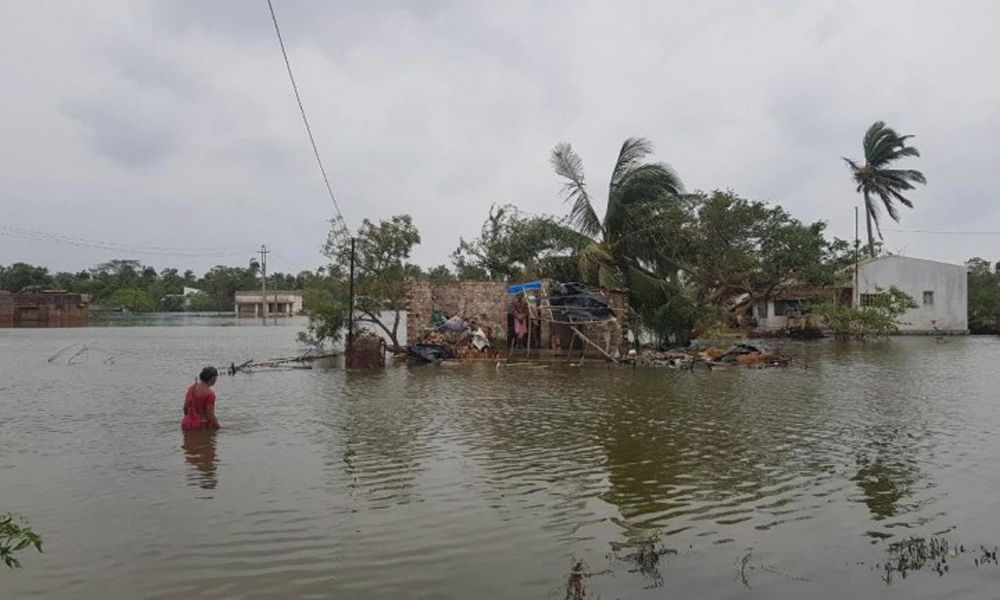
Image Credit: India Today
In 50 Years, Cyclones Increase By Five Times In West Bengal: Study
Writer: Rakshitha R
Rakshitha an engineer turned passionate journalist with an inclination for poetry, creative writing, movies, fiction, mountains and seclusion. Not a part of the social process but existential.
West Bengal, 28 May 2021 7:29 AM GMT
Editor : Ankita Singh |
A literature lover who likes delving deeper into a wide range of societal issues and expresses her opinions about the same. Keeps looking for best-read recommendations while enjoying her coffee and tea.
Creatives : Rakshitha R
Rakshitha an engineer turned passionate journalist with an inclination for poetry, creative writing, movies, fiction, mountains and seclusion. Not a part of the social process but existential.
An environmental think tank that conducted the study suggested prioritising the preservation of mangrove forests in Sunderbans which act as a natural coastal defence against flooding.
The frequency of cyclones in 15 districts of West Bengal which are home to 7.2 crore people, has increased five-fold between 1970 and 2019m, an environmental think tank said.
The think tank also suggested prioritising the preservation of mangrove forests in Sunderbans which act as a natural coastal defence against flooding, reported Deccan Herald.
The study says that the roots of the mangrove trees known as pneumatophores grow upward from the soil to get oxygen supply and act as a shock absorber against violent storms and floods in the Sunderbans.
To curtail the spurt of cyclones, the country also needs to build climate resilience at multiple levels, the study said.
The cyclone and storm hotspots in the state include districts like Howrah, Kolkata, North 24 Parganas, Paschim Medinipur, and South 24 Parganas.
The yearly average of Indian districts, affected by cyclones, after 2005, has tripled and the cyclone frequency has doubled, according to the study. In the last decade alone, 258 districts were affected.
In east coast districts, the frequency of cyclones and storm surges has increased seven-fold in the last 50 years.
"The combined effect of micro-climatic shifts occurring in various parts of India's east coast has triggered more cyclonic disturbances in the Bay of Bengal, leading to storm surges, incessant rainfall, and floods", the Council on Energy, Environment, and Water (CEEW) CEO Arunabha Ghosh said.
"Coastal states like West Bengal should invest in climate-proofing their infrastructure, following standards that will ensure protection from the compounded impacts of cyclones and other extreme weather events. Also, West Bengal should accelerate implementation of the National Cyclone Risk Mitigation Project, approved for the state in 2015," Programme Lead at CEEW Abinash Mohanty said.
Ghosh suggested that India should create a national Climate Risk Commission with statutory authority to convene key stakeholders and publish periodic climate risk assessments. Mohanty said livelihoods and infrastructure can be protected better by carrying out micro-level climate risk assessments using a Climate Risk Atlas and by issuing impact-based public warnings.
Also Read: Centre To Provide Rs 5 Lakh To Families Of Journalists Who Died Of COVID
 All section
All section














